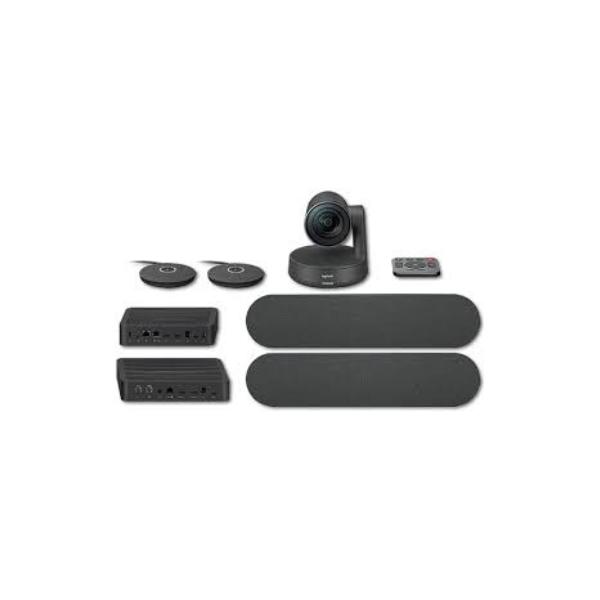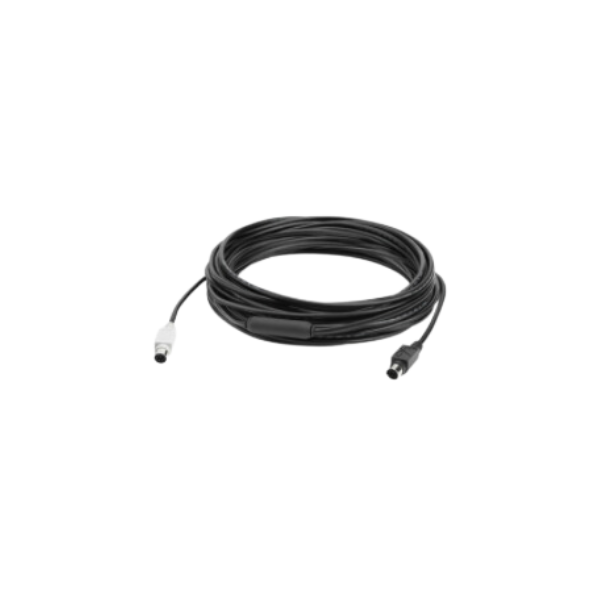Are you tired of fumbling with cables during meetings? Wireless Presentation Systems can transform your meeting experience.
What Are Wireless Presentation Systems?
Wireless Presentation Systems allow you to share your device’s screen on a larger display without using cables. They are ideal for modern meeting rooms, classrooms, and collaborative spaces. These systems support various devices, including laptops, tablets, and smartphones, making presentations seamless and efficient.
Benefits of Wireless Presentation Systems
1. Eliminate Cable Clutter
No more tangled wires or searching for the right adapter. Wireless systems provide a clean and organized setup, enhancing the room’s aesthetics.Zoapi+1ViewSonic+1
2. Quick and Easy Setup
Start your meetings promptly without technical delays. Wireless systems reduce setup time, allowing for more productive sessions.Wikipedia+5Zoapi+5BenQ+5
3. Enhanced Collaboration
Multiple users can connect and share content effortlessly. This feature fosters interactive discussions and collaborative decision-making.
4. Support for BYOD (Bring Your Own Device)
Participants can use their personal devices, regardless of the operating system, to share content. This flexibility accommodates diverse user preferences.
5. Improved Meeting Efficiency
With easy content sharing, meetings become more focused and engaging. Participants can contribute without technical interruptions.
Statistical Insights
According to a report by MarketsandMarkets, the wireless presentation solutions market is projected to grow from USD 2.0 billion in 2020 to USD 4.7 billion by 2025, at a CAGR of 18.7%.
This growth indicates a rising adoption of wireless presentation systems in various sectors, including corporate, education, and government.
Traditional vs. Wireless Presentation
| Feature | Traditional Presentation | Wireless Presentation |
|---|---|---|
| Setup Time | Longer due to cables | Quick and easy |
| Cable Management | Requires multiple cables | No cables needed |
| Device Compatibility | Limited | Broad support |
| Meeting Efficiency | Potential delays | Smooth flow |
| Room Aesthetics | Cluttered | Clean and tidy |
Best Practices for Video Meetings
To maximize the benefits of wireless presentation systems, consider these video meeting best practices:
- Test Equipment Beforehand: Ensure all devices connect properly to the wireless system.
- Maintain Eye Contact: Position your camera at eye level for better engagement.
- Use Clear Audio: Invest in quality microphones to ensure clear communication.
- Minimize Distractions: Choose a quiet environment and a neutral background.
Enhancing Virtual Meetings
Wireless presentation systems are not just for in-person meetings. They also enhance virtual meetings by allowing seamless content sharing. Participants can share screens without technical hiccups, making virtual collaboration more effective.
Achieving Successful Video Conferences
For successful video conferences, integrate wireless presentation systems to:
- Facilitate Real-Time Collaboration: Share documents and presentations instantly.
- Improve Engagement: Interactive sessions keep participants involved.
- Ensure Flexibility: Participants can join and share content from various locations.
Conducting Effective Video Meetings
When conducting video meetings:
- Set Clear Agendas: Define objectives to keep the meeting focused.
- Encourage Participation: Invite input from all attendees.
- Summarize Key Points: Recap decisions and action items at the end.
Conclusion
Wireless Presentation Systems are revolutionizing the way we conduct meetings. They offer numerous benefits, including reduced setup time, enhanced collaboration, and improved meeting efficiency. By adopting these systems, organizations can conduct more effective and engaging meetings, both in-person and virtually.
For more information on integrating wireless presentation systems into your meeting spaces, visit Hatimi Technologies.









